
Cusco (pop. 497,000, elev. 3,399masl), located in the Peruvian Andes, 573kms from Lima (1,100kms driving distance through mountainous terrain), in the province of the same name. The best way to get to Cusco is by air, with hourly flights from Lima. One can also arrive by car (18hrs) or bus (24hrs). It offers a semi-dry and cold climate, with average temperatures between 19.6°C (67.3ºF), and 4.2°C (39.6ºF), 40%-60% average humidity, and a rainy season extending from November to March, when the mountains are covered in green. From June to July, "frosts" are common 0°C (32ºF), with occasional snowfalls. Cusco, the capital of the Inca empire, founded in the XII century by Manco Capac, is one of the oldest continuously inhabited cities in the Western Hemisphere. Its name derives from the Quechua word meaning “navel” or “center”, in refference to the center of the empire (Tahuantinsuyo - Realm of the four parts/regions). The empire extended 1,800km NW, to the northern border of present day Ecuador. 2,600 km, SSE to the center of present-day Chile, and portions of modern Bolivia and Argentina.
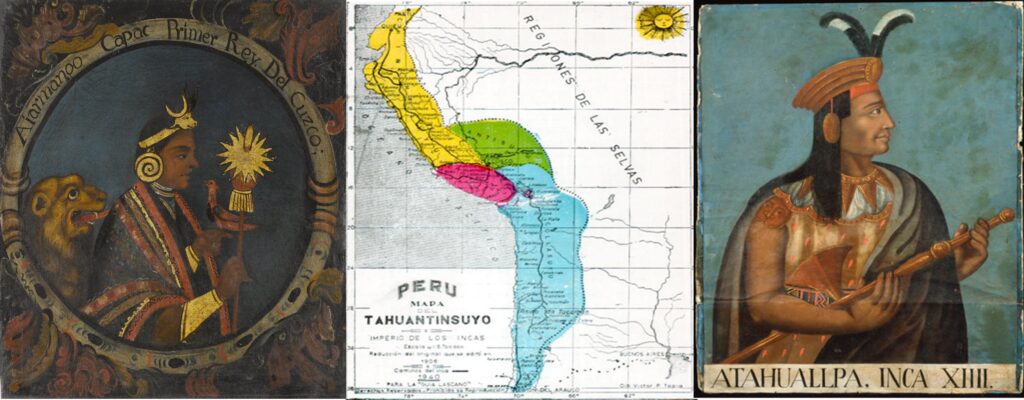
The population of the empire at the time of the Spanish conquest (1530s), may have numbered more than 12 million. The city had as many as 200,000 inhabitants. In the XV century, Pachacuteq redesigned its urban layout, turning it into a large urban complex. The city was once again transformed by the Spanish in the XVI century, maintaining the layout and Inca buildings over which churches and manor houses were erected, for example: the Cathedral of Cusco, built over Kisoarkancha (government house); and the Convento de Santo Domingo del Cuzco, built over the bases of Qoricancha (temple of the sun).

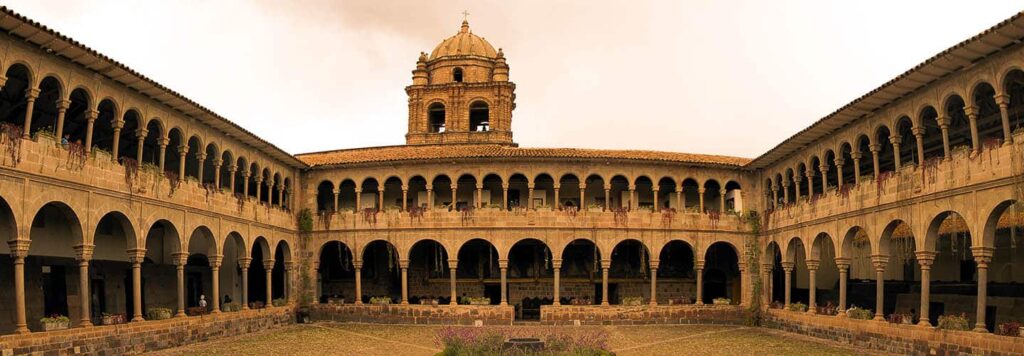
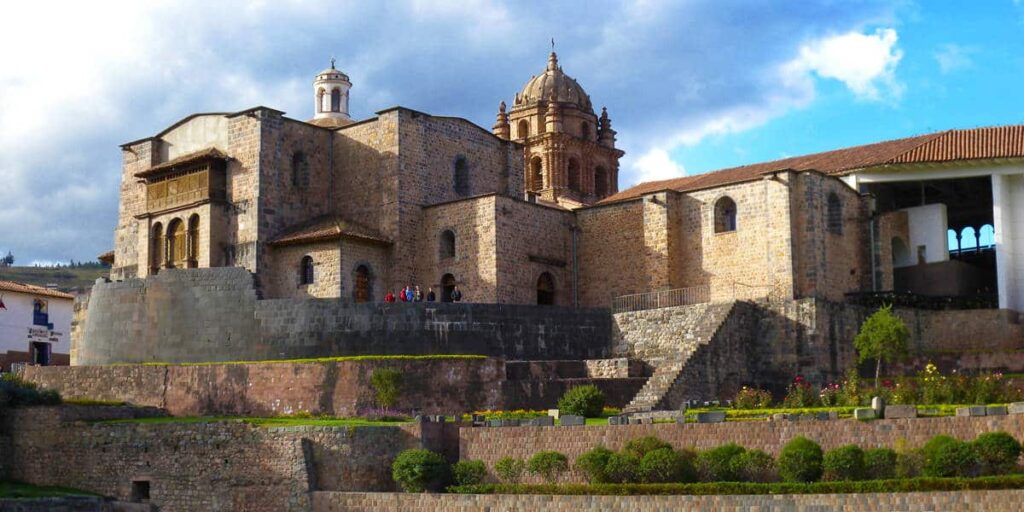
The forces of the Spanish conquistador Francisco Pizarro occupied Cuzco in November 1533, formally establishing the municipal government of Cuzco in 1534; however, after moving the capital to Lima in 1535, the city declined in importance. Well known for its archeological value, Cusco preserves in its architecture extraordinary expressions of both cultures, maintaining its authenticity and integrity, despite the accelerated growth of the city with its street markets, surrounded by baroque churches and colonial buildings. Still intact, there’re numerous walls built out of stones without mortar, fitted with such precision, that a sheet of paper cannot be inserted into the seams. The famous Stone of Twelve Angles is a fine example of this construction.

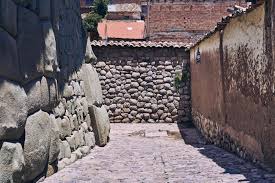
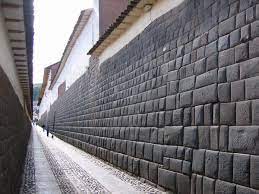
"La Plaza de Armas", originally a swamp crossed by the Saphy River, is the central square in the old city; rendering a vibrant atmosphere, surrounded by restaurants and stores. It displays arcades, carved wooden balconies, works of baroque architecture, and archaeological remains of Inca stonework.

Cusco - the gateway to Machu Picchu: The Sacred City of The Incas, the prime UNESCO World Heritage site in South America, and one of the 7 Wonders of the World -, offers one of the most unique experiences in the world, with its history and architectural bonanza, superb gastronomy, breathtaking natural wonders, and overall safety records.


